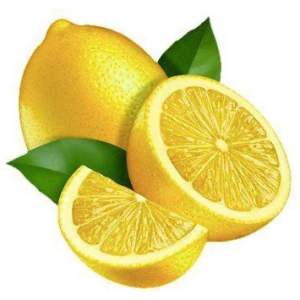This is the name of a Substack I subscribe to. The writer, Natureza Gabriel, is releasing a book by this title chapter by chapter on Substack now, and the book itself will be published in April. You can preorder it.

To check it out for now on Substack, click this link for a free month: https://neurobiologyofconnection.substack.com?r=icpo. Tell ‘em I referred you.
This topic is fascinating to me. As a bodyworker, biodynamicist, and teacher of meditation for self-healing, I work with the autonomic nervous systems of my clients/friends in every session (how can I not?), mostly assisting them to move more deeply into a parasympathetic state where healing has more resources to happen — healing like tissue repair, better regulation of metabolic processes, better coordination of the body’s systems, reduction of pain and tension, more wholeness, and more.
People experience themselves differently after a session, and some of each session is cumulative. It lasts. Getting regular sessions changes the autonomic nervous system, reducing stress levels. People sense themselves as more whole, integrated, coherent, healthy. I experienced this myself and changed my livelihood to offer it to others.
When the body is in a more sympathetic state, it’s gearing up for action and doesn’t have resources for healing. And…many if not most people in our culture live in bodies that are more stressed than is healthy. Sometimes way more stressed. And that affects everything: health, relationships, performance, behavior, cognition, presence, intuition…
There are many more autonomic states than parasympathetic and sympathetic. It’s more of a spectrum or spiral than an either-or equation, as seen in the image of the book’s cover above of a poster of the autonomic spectrum. You can get these posters from Gabriel’s organization for your office: https://restorativepractices.com/product-category/posters/
I’m someone who years ago, after being diagnosed with PTSD and processing a major childhood trauma (that occurred before PTSD existed as a diagnosis), asked herself, “How relaxed can I get while awake and not using substances?”
As the antidote to having a “stress disorder” that’s conventionally considered incurable, I set off on a journey of meditation, movement practices, bodywork, NLP, shaking, Zen, vipassana, breathwork, stillness, perception, and craniosacral therapy. Then I trained in craniosacral therapy.
The writer Gabriel has trained in neurobiology and also with indigenous people who have maintained connections within themselves, each other, with the world around them that are not prevalent among people in today’s predominant capitalistic, technological cultures.
I’m familiar with some of these connection states as a long-time meditator and through exposure to shamanic/indigenous and Buddhist/yogic beliefs and practices.
Another book by this author is Restorative Practices of Wellbeing, which I just received and will soon be delving into. Find his books here: https://restorativepractices.com/product-category/books/ You can preorder The Neurobiology of Connection as well.

We make the world a better place starting with ourselves.


 I
I